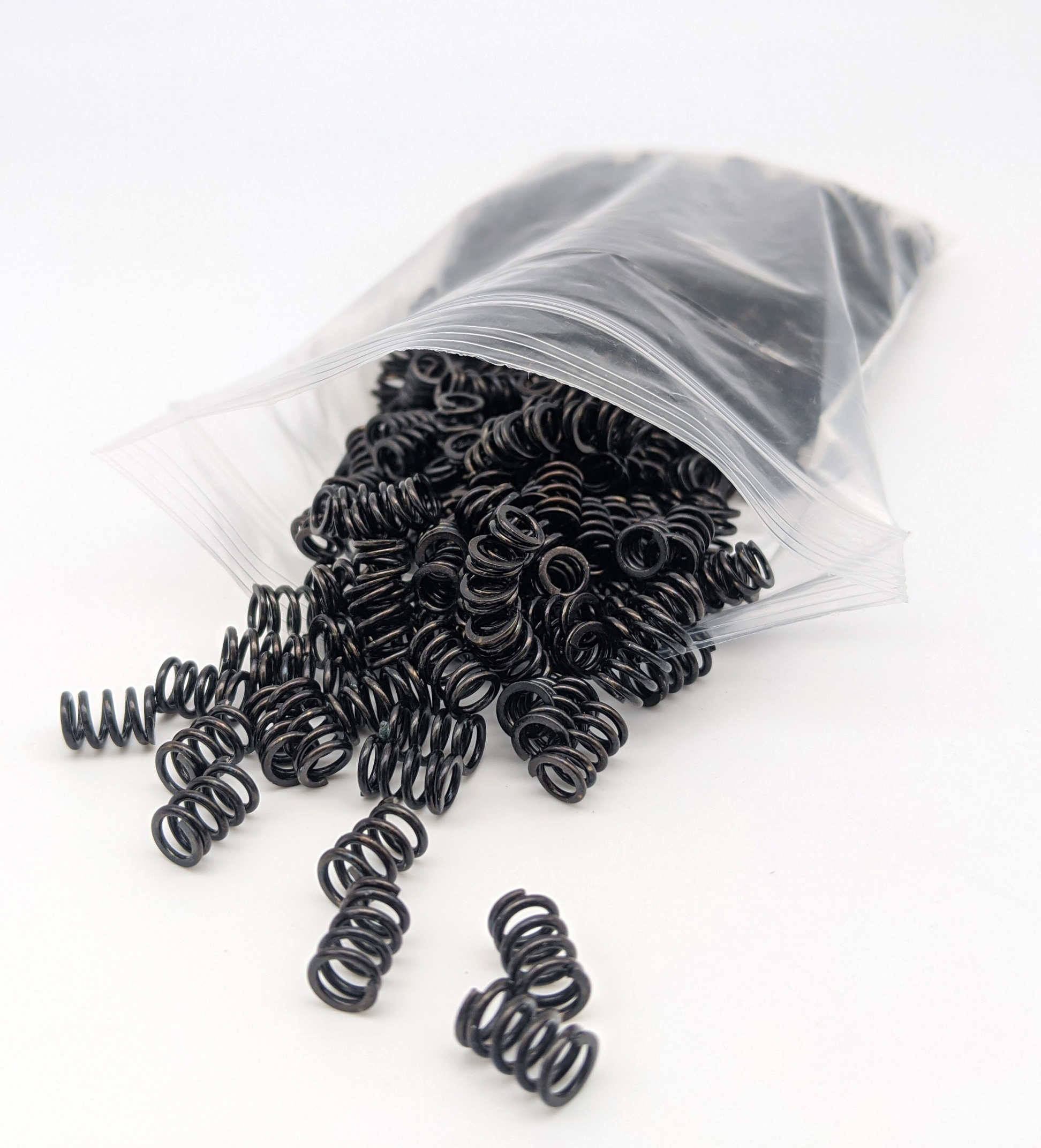Get unique, complex parts easily. No matter your requirements, Chaoyi Spring creates hard-to-produce coil springs and wire forms.
Let us help you create the custom wire form you need, from S-hooks and J-hooks to utility hooks and more.
We work closely with customers across a wide range of industries, helping them design and manufacture made-to-order parts.
Why choose Chaoyi Spring? We prioritize customer-focused collaboration, modern equipment and the latest technology to make your parts per print.
Find the information and guidance you need, from measuring a spring to learning about materials, placing an order and much more.
You might not think much about them, but compression springs are everywhere you look. From the simple act of opening a door to the complex workings of a car engine,


You might not think much about them, but compression springs are everywhere you look. From the simple act of opening a door to the complex workings of a car engine, these humble coiled pieces of metal are the unsung heroes of everyday life. They provide force, absorb shock, and make countless machines and devices function smoothly. But what exactly are compression springs, and how do they work? Let's delve into the fascinating world of these vital components.

Compression springs are essentially coiled wires designed to store energy when compressed and release it when allowed to expand. Imagine a Slinky toy, that's a basic example. They work by resisting compression, pushing back with a force proportional to the amount of compression applied. This force is known as the spring rate, and it's a crucial characteristic of any compression spring.
Compression springs can be made from various materials, each with its own properties. Steel is the most common due to its strength and durability, but materials like stainless steel, phosphor bronze, and even music wire are used depending on the application's needs. The shape of the spring, the wire diameter, and the number of coils all influence the spring's performance and its ability to withstand specific loads.
You'd be surprised by the sheer variety of compression springs available. These include:
The secret behind compression springs' functionality lies in the way they are coiled. The tension created by the coiling process allows the spring to resist compression. As you compress the spring, the coils are pushed closer together, storing the energy. When the force is released, the spring wants to return to its original shape, releasing the stored energy.
The amount of energy stored and the force exerted by the spring are determined by several factors. These include:
Compression springs are truly ubiquitous, playing vital roles in a wide array of applications. You can find them in:
Selecting the perfect compression spring for a specific application requires careful consideration. Factors like the required force, the amount of compression needed, the working environment, and the desired lifespan all need to be taken into account.
It's important to consider the spring's operating temperature and its resistance to corrosion if it's going to be exposed to harsh environments. For example, a spring used in a high-temperature environment may need to be made from a material that can withstand heat, while a spring used in a corrosive environment might require a stainless steel construction.
The world of springs is vast and fascinating. While compression springs are ubiquitous, there are many other types, each with its unique purpose. We've already mentioned torsion springs, but there are also extension springs, garter springs, and more. Each type of spring has its own characteristics and applications, making them indispensable in countless fields.
The evolution of spring technology continues, with advancements in materials and manufacturing processes leading to even more efficient and durable springs. As technology progresses, springs are likely to become even more essential in shaping the world around us.
So, next time you encounter a spring, take a moment to appreciate its silent work. These seemingly simple pieces of metal hold the key to countless mechanisms, ensuring that our world operates smoothly. From the smallest click to the heaviest load, compression springs are truly the unsung heroes of everyday life.
Browse some of the custom wire forms and springs that we manufacture. Don’t see what you need? We specialize in made-to-order products that meet your application requirements.
Visit Our GalleryNeed a custom wire form or coil spring? We make it work. Fill out the contact form and a representative will respond within 1 business day. If you have a PDF or CAD file, you can submit to request a quote.